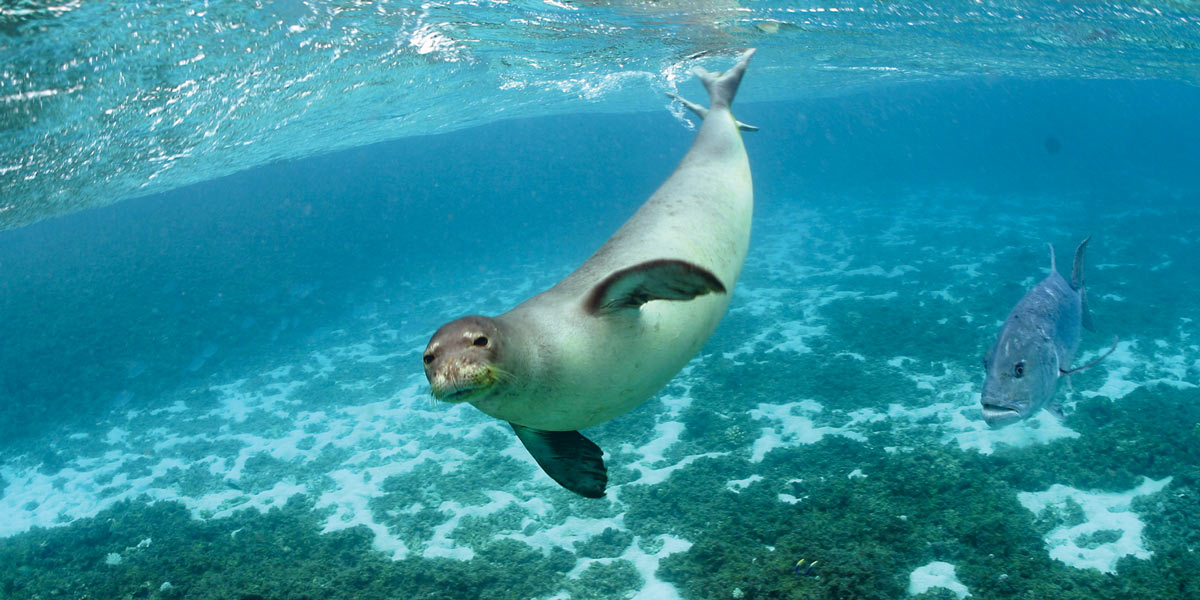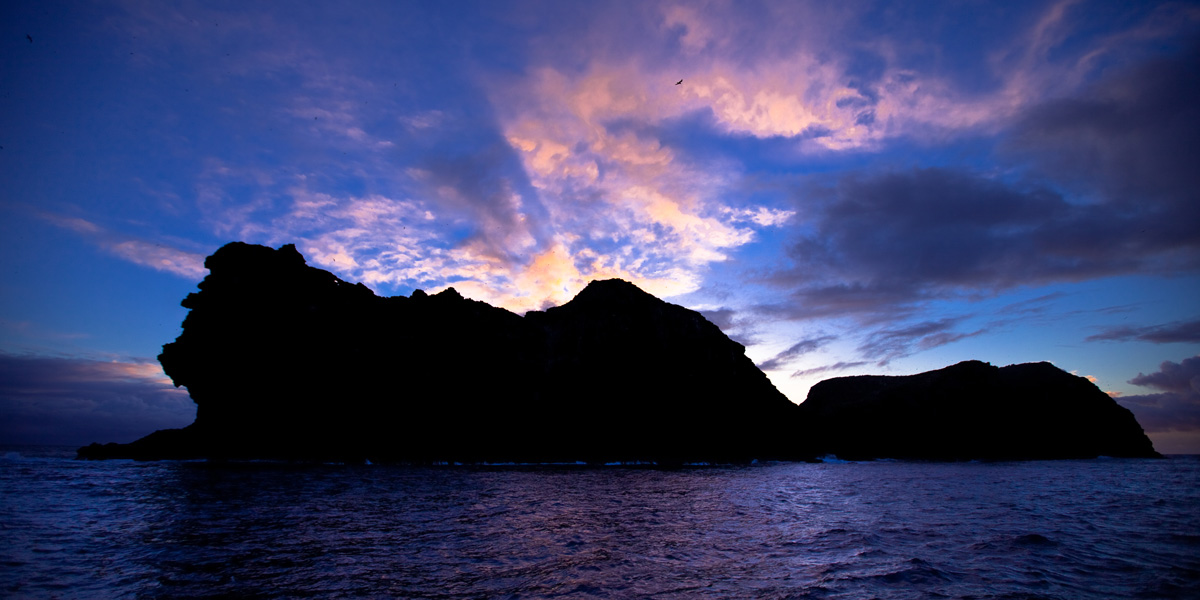Papahānaumokuākea National Marine Sanctuary

NOAA designated Papahānaumokuākea National Marine Sanctuary on January 16, 2025 with publication of the final rule. Per the National Marine Sanctuaries Act, after the final rule for sanctuary designation is published, sanctuary designation will take effect following 45 days of continuous session of the U.S. Congress.
Designated in 2025, Papahānaumokuākea National Marine Sanctuary is America’s 18th national marine sanctuary, and is the largest in the National Marine Sanctuary System. The sanctuary encompasses 582,570 square miles of Pacific Ocean waters in Hawaiʻi, providing protection to nationally significant natural, cultural, and historical resources while bringing opportunities for research, community engagement, and education and outreach activities. The sanctuary is coextensive with the marine portions of Papahānaumokuākea Marine National Monument, and is managed in partnership with the monument co-trustees.

Hanohano Nā ʻĀina Kūpuna: Honoring Papahānaumokuākea as Kūpuna (Ancestral) Islands
Hanohano Nā ʻĀina Kūpuna is a tribute to Papahānaumokuākea as a sacred ancestral place to Kānaka ʻŌiwi (Native Hawaiians) who honor this extensive seascape as an area where all life emerged and evolved from, and to which spirits return to after death. Kānaka ʻŌiwi kūpuna (esteemed elders) have strongly advocated for the long-term lasting protection of Papahānaumokuākea from the beginning and instilled the vision and values that set the course for a collective journey caring for this sacred place. Weaving together the past, present, and future, their legacy is foundational to guiding Kānaka ʻŌiwi engagement in the active protection and management of Papahānaumokuākea. In proposing a national marine sanctuary, our goal is to continue to honor their legacy and vision towards ensuring the permanency of lasting protection of this place for future generations. Sanctuary designation will provide another layer of protection to continue honoring this place and will not diminish any existing protections.

History
There is a long history of considering this area for national marine sanctuary designation, beginning with an Executive Order in 2000 by President William J. Clinton. The then-National Marine Sanctuary Program began the process of designating the Northwestern Hawaiian Islands Coral Reef Ecosystem Reserve as a national marine sanctuary under the National Marine Sanctuaries Act in 2002, including the initiation of a public scoping process. President George W. Bush designated Papahānaumokuākea Marine National Monument under the Antiquities Act in 2006, based in part on the sanctuary designation process that was already underway. President Barack H. Obama's proclamation in 2016 created the Monument Expansion Area and also called for initiating the process to designate a national marine sanctuary. In 2020, the Senate Committee on Appropriations directed NOAA to initiate the sanctuary designation process.
These presidential proclamations and the existing regulations for Papahānaumokuākea Marine National Monument served as benchmarks for the designation of Papahānaumokuākea National Marine Sanctuary.



